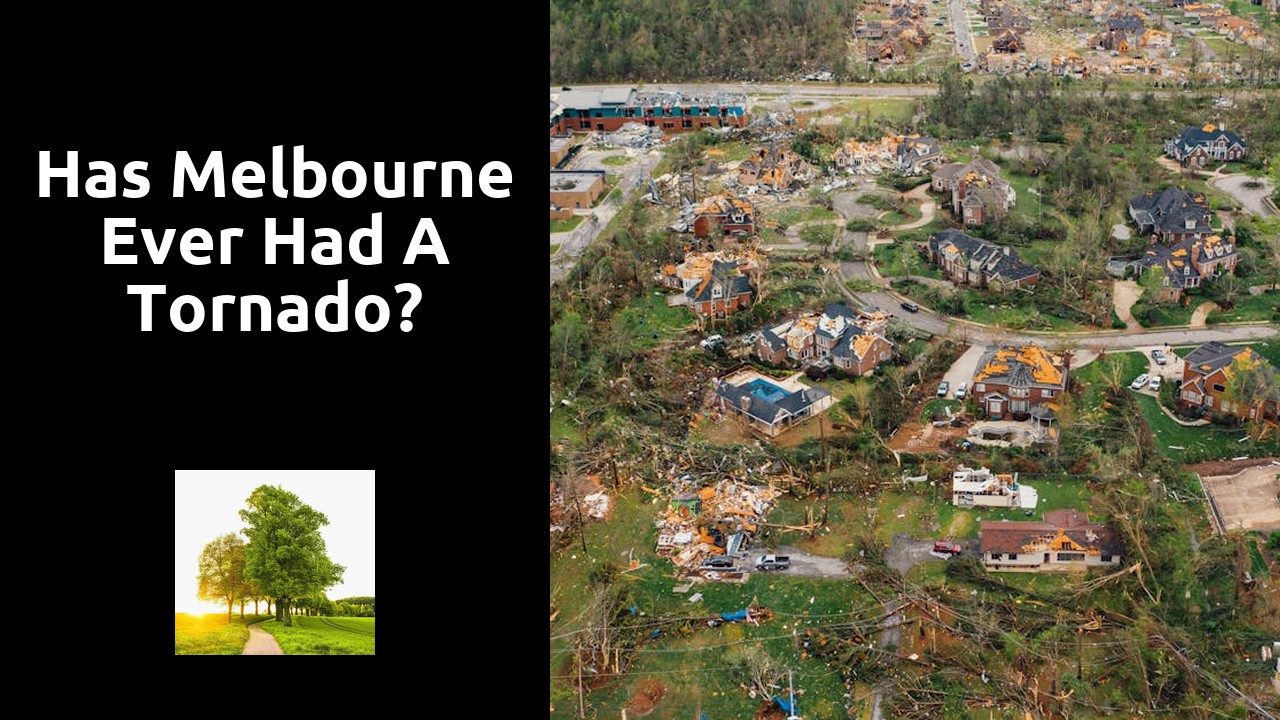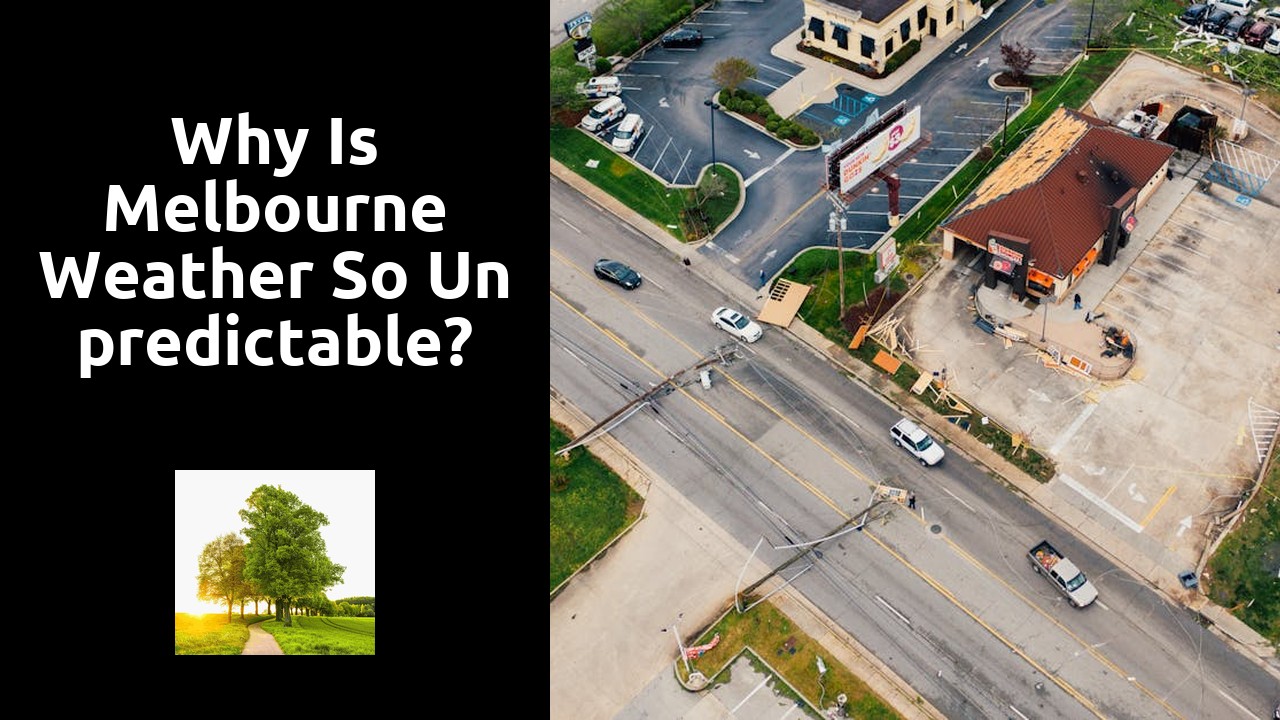
Community Resilience
Efforts to enhance community resilience in Melbourne must consider the city's vulnerability to flooding events. Storm Damage Brighton, Melbourne, serves as a stark reminder of the impact severe weather can have on local areas. By fostering a sense of community cohesion and engagement, residents can be more prepared to face the challenges posed by future flooding incidents.
Building strong social networks and supporting community-led initiatives are key components of fostering resilience. Through effective communication channels and active community engagement, residents can better respond to emergencies and collaborate in times of crisis. By promoting an environment of shared responsibility and preparedness, Melbourne can work towards becoming a more resilient city in the face of ongoing flood risks.
Responses to Flood Emergencies
In times of flooding, the city of Melbourne has implemented various strategies to respond to emergency situations effectively. Storm Damage St Kilda, Melbourne could potentially lead to devastating consequences for the community. Local authorities have established emergency response teams equipped to handle flood emergencies promptly and efficiently. These teams work tirelessly to provide assistance to residents in affected areas and ensure everyone's safety during such challenging times.
Furthermore, communication plays a vital role in addressing flood emergencies in Melbourne. Authorities regularly update the public on weather conditions, potential risks, and evacuation procedures. By keeping residents informed, the city aims to minimize panic and confusion during critical situations caused by Storm Damage St Kilda, Melbourne. Through coordinated efforts and clear communication channels, Melbourne strives to mitigate the impact of floods and protect the well-being of its residents.
Future Flood Risk
Melbourne faces ongoing threats from flooding, making it imperative to consider the city's future flood risk. The frequency and severity of flooding incidents, combined with factors such as climate change and urban development, highlight the need for proactive measures to mitigate potential damage. Storm Damage Brighton, Melbourne, serves as a stark reminder of the vulnerability of coastal areas to flooding events and underscores the necessity for comprehensive strategies to address impending flood risks.
With predictions indicating an increase in extreme weather events, Melbourne's future flood risk is expected to escalate. Urban expansion, aging infrastructure, and changing weather patterns contribute to the city's susceptibility to flooding. The implications of inadequate flood preparedness can be far-reaching, impacting not only infrastructure and property but also posing risks to human lives. Therefore, a holistic approach to future flood risk management is essential to safeguard the well-being of Melbourne's residents and enhance the city's resilience in the face of evolving climate challenges.
Predictions for Melbourne's Flood Frequency
Predictions for Melbourne's Flood Frequency reveal a worrisome trend in recent years. Climate change projections suggest an increase in extreme weather events, including heavy rainfall and flooding, for the Melbourne region. Storm Damage Caulfield South, Melbourne, serves as a stark reminder of the vulnerability of the city to flooding incidents, prompting a closer look at future mitigation strategies.
As urban development continues to expand in Melbourne, the city faces a growing risk of flooding due to increased impermeable surfaces and altered natural drainage systems. These factors, coupled with predicted changes in precipitation patterns, paint a concerning picture for the frequency and severity of floods in the region. Taking proactive measures now to address these projections will be crucial in safeguarding Melbourne against potential future flood disasters.
Emergency Preparedness
Emergency preparedness is crucial in mitigating the impact of natural disasters such as floods. Storm Damage Brighton, Melbourne serves as a stark reminder of the importance of being ready for such events. Adequate planning, communication, and training are key components of emergency preparedness efforts. Cities like Melbourne must work collaboratively with various agencies and organizations to ensure that they are well-equipped to handle flood emergencies effectively. Regular drills and simulations can help to identify gaps in the response system and improve overall readiness.
In addition to preparing for immediate response needs, cities must also focus on long-term strategies to enhance resilience against future flood risks. Building infrastructure that can withstand extreme weather events, implementing early warning systems, and fostering community engagement are vital aspects of emergency preparedness. By investing in these areas, Melbourne can better protect its residents and mitigate the impact of potential flooding episodes in the future.
Melbourne's Strategies for Flood Response
Melbourne has faced several challenges when dealing with flood events in the past. To effectively respond to flood emergencies, Melbourne has developed comprehensive strategies aimed at minimizing the impact on the community. These strategies involve coordination among various agencies and organizations to ensure a timely and efficient response to flooding incidents. Storm Damage Brighton, Melbourne, serves as a stark reminder of the destructive power of floods, prompting the city to continuously improve its flood response plans.
One key aspect of Melbourne's strategies for flood response is the focus on early warning systems and effective communication channels. By promptly alerting residents about potential floods and providing clear instructions on safety measures, Melbourne aims to reduce the risk to the community. Additionally, the city has invested in infrastructure improvements to mitigate flood damage and enhance resilience. These proactive measures are crucial in safeguarding lives and property during flood events, ultimately contributing to the overall preparedness and response capabilities of Melbourne.
FAQS
How many times has Melbourne experienced flooding?
Melbourne has experienced several flooding events throughout its history, with the frequency varying over time.
What are some common causes of flooding in Melbourne?
Flooding in Melbourne can be caused by heavy rainfall, overflowing rivers, storm surges, and inadequate drainage systems.
How does Melbourne's community respond to flooding emergencies?
The community in Melbourne demonstrates resilience during flooding emergencies by coming together to support one another and working with authorities to mitigate the impacts.
What measures are in place to address future flood risks in Melbourne?
Melbourne has implemented various strategies to address future flood risks, including improving infrastructure, enhancing emergency preparedness, and conducting flood risk assessments.
How does Melbourne prepare for potential flood emergencies?
Melbourne has developed comprehensive emergency preparedness plans, which include early warning systems, evacuation procedures, and coordination with relevant agencies to ensure an effective response to flood emergencies.


